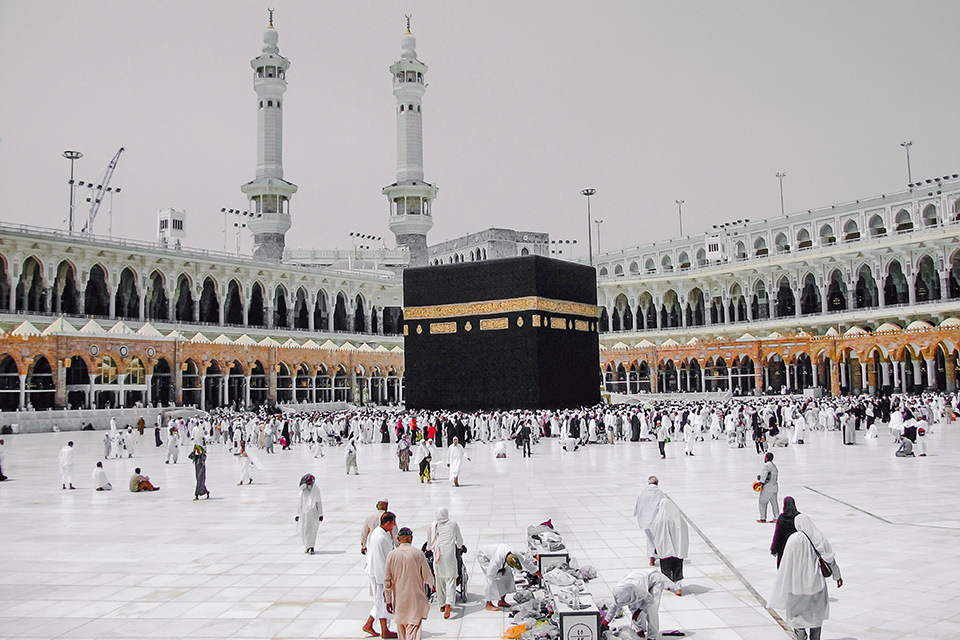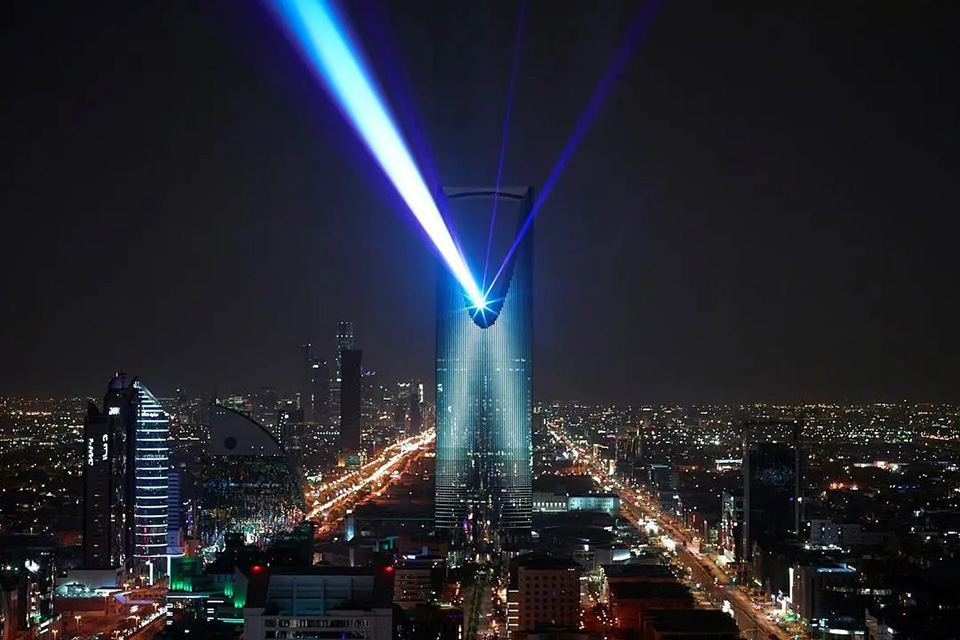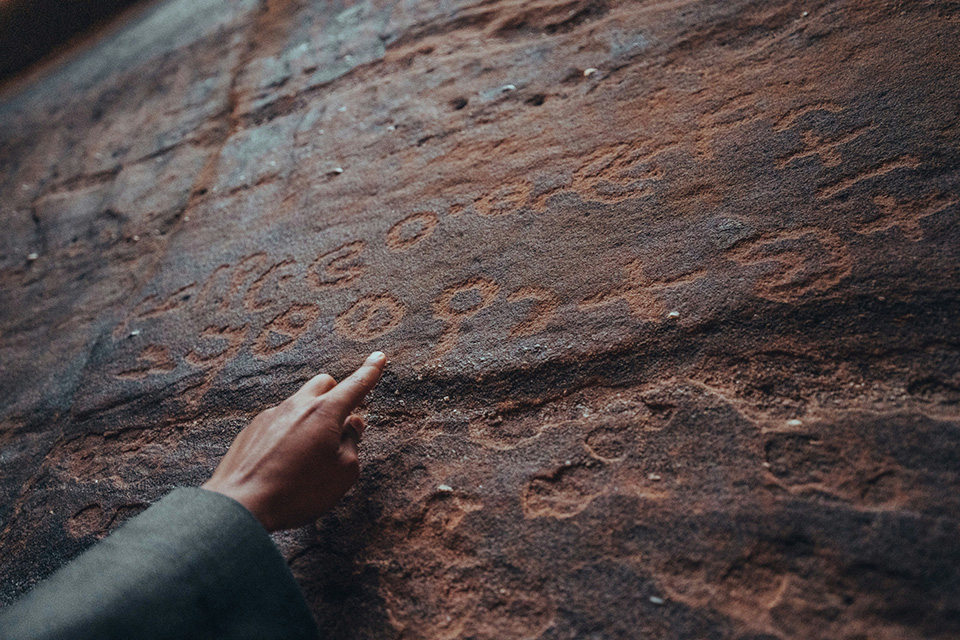- News
Al-Faw Discoveries Shared by Experts
The latest findings at the Al-Faw archaeological further add to its historical significance as a treasure trove of artifacts.
Article Summary:
- The Saudi Heritage Commission recently organized an international symposium to gather experts and discuss the latest findings at the Al-Faw archaeological site.
- The discoveries include evidence of a complex network of trade routes, as well as rock art and inscriptions, illustrating life of its early inhabitants.
- Al-Faw has earned recognition with its being named a UNESCO World Heritage site in August 2024.
The Al-Faw Archaeological Area has recently gained UNESCO World Heritage status, marking a significant achievement for Saudi Arabia. Moreover, the site holds immense cultural value, drawing attention from scholars and enthusiasts worldwide.
Specifically, Al-Faw is the kingdom’s eighth UNESCO World Heritage site. It sits at the Wadi Ad-Dawasir, approximately 700 kilometers southwest of Riyadh.
Latest findings at Al-Faw
The Saudi Heritage Commission has been actively involved in preserving and promoting Al-Faw. In line with this, it recently organized a scientific symposium on the archaeological site. Correspondingly, this event aimed to raise awareness about the area’s historical significance and promote further research.
Scholars and experts from various fields gathered to discuss their findings and share knowledge. At the event, experts conferred about Al-Faw’s intricate network of trade routes which served as significant points of cultural exchange.
Ajab Al-Otaibi, director of the Saudi Heritage Commission’s Archaeological Documentation and Research department, spoke about the importance of these discoveries.
“The most recent excavations have revealed a complex network of trade routes and cultural exchanges that connected Al-Faw with other kingdoms in the Arabian Peninsula and beyond,” he remarked.
“These findings have significantly reshaped our understanding of the social and economic dynamics in the region during ancient times.”
Another valuable finding from the site was the rock art and inscriptions that illustrated the life of its early inhabitants.
Al-Faw’s historical significance
Al-Faw, located in the southern part of Saudi Arabia, is a treasure trove of archaeological findings. As such, researchers have uncovered remnants of ancient civilizations, providing insights into the region’s rich history.
Correspondingly, the Saudi Heritage Commission has led ongoing research and excavation projects, revealing the area’s historical importance. These efforts have shed light on the life and culture of ancient societies.
In addition, King Saud University and other institutions have contributed significantly to these research and preservation efforts. Furthermore, their work ensures that the site remains a vital part of Saudi Arabia’s cultural heritage.
About Al-Faw’s UNESCO Recognition
In August 2024, the UNESCO World Heritage Committee recognized Al-Faw as a cultural site of outstanding universal value. This prestigious status underscores the global significance of the site’s historical and cultural heritage.
The UNESCO recognition is expected to boost the local economy through increased tourism. Visitors from around the world will be drawn to the site, eager to explore its historical wonders. This influx of tourists will benefit local businesses and promote cultural exchange. Moreover, the recognition enhances Saudi Arabia’s image as a country rich in cultural and historical heritage.
Future prospects for Al-Faw
Saudi Heritage Commission World Heritage Sector general manager Norah Alkhamis has reacted positively to the UNESCO recognition.
“Having Al-Faw on UNESCO’s World Heritage List confirms the importance of the site to the world,” she noted.
“Not only is it a testament to the great history and significance of the site but it’s a global recognition of the strong, Saudi-led management, conservation, protection, research, and presentation of Al-Faw.”
Looking ahead, the Saudi Heritage Commission has ambitious plans for the site. Continued research, preservation, and tourism development are at the forefront of their agenda. Upcoming projects and initiatives will further elevate the site’s status as a premier archaeological site.
Photo: Saudi Press Agency






